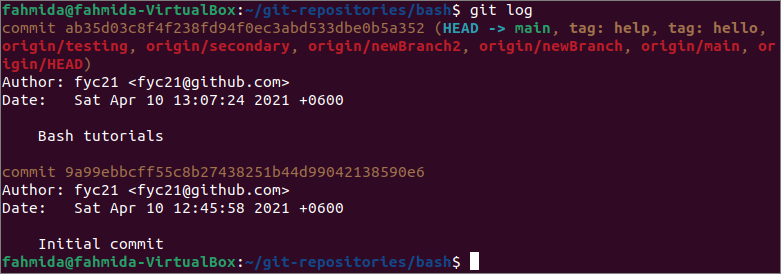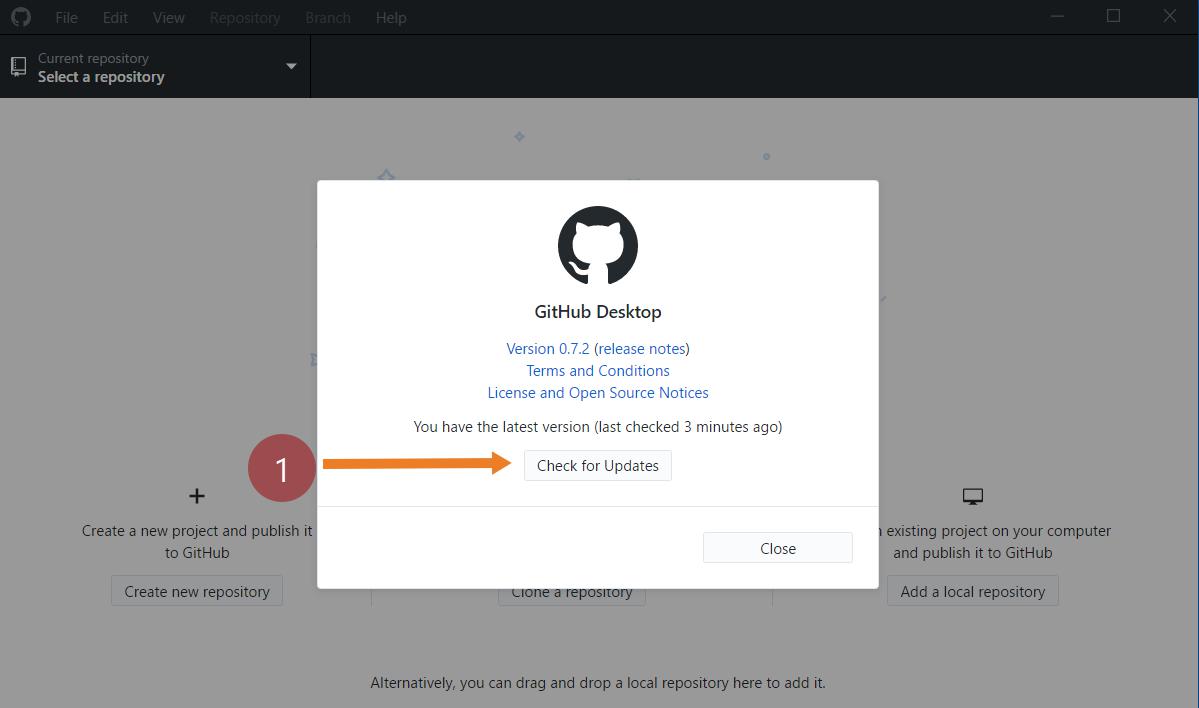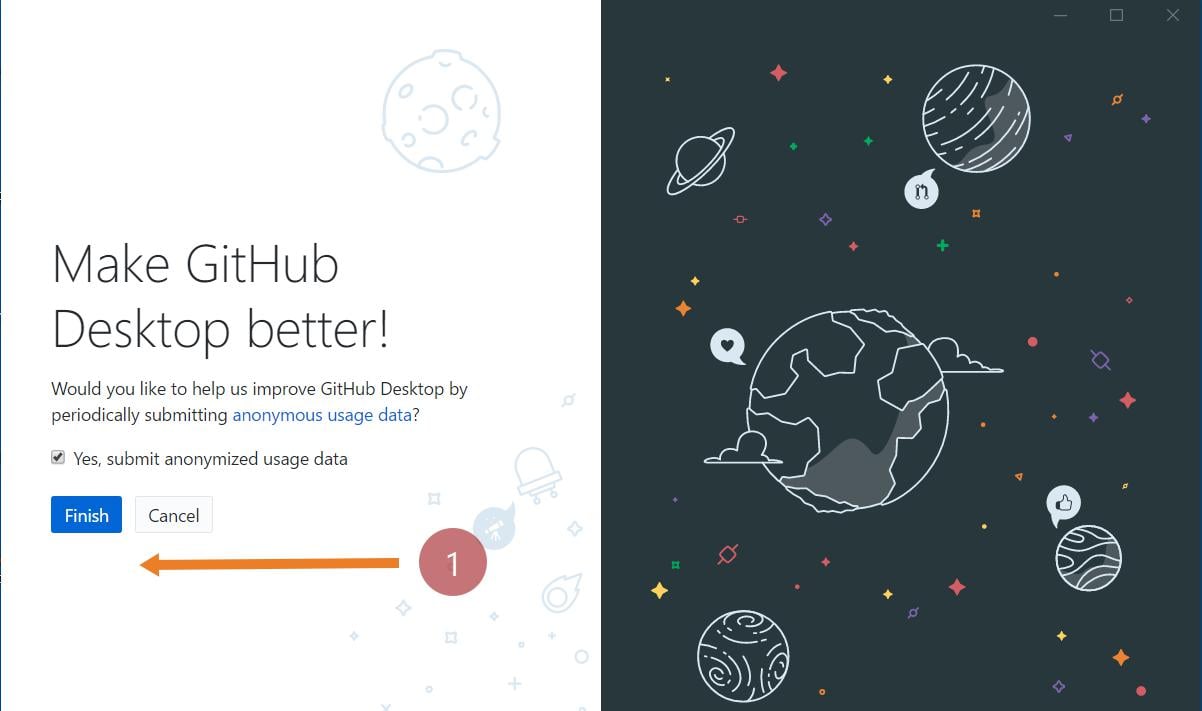
Also, because it is so clearly a remote and read-only action, there is no possibility of goofing up local state or committing new work to the wrong branch.

It can be much easier to hone in on a state or change of interest by clicking around or using GitHub’s search features. GitHub’s hyperlink-rich presentation of your repo and its history is one of the top reasons to sync local work to a copy on GitHub, even if you keep it private. You generally have to checkout these previous states, which raises the prospect of getting comfortable in the “detached head” state and unintentionally making new commits on the wrong branch or on no branch at all. Yes, technically, you can visit past states of your project using Git commands locally. The ability to quickly explore different commits/states, switch between branches, inspect individual files, and see the discussion in linked issues is incredibly powerful. git-blame-ignore-revs banner will disappear.This is where GitHub (and GitLab or BitBucket) really shine. In the URL, append a ~ to the SHA and the Ignoring revisions in. git-blame-ignore-revs and see the normal blame view. git-blame-ignore-revs, you can still bypass. If the blame view for a file shows Ignoring revisions in. Check project history online On the webpage of your repository, check the commit history by clicking the commits tab. These examples use a very simple project called simplegit. The most basic and powerful tool to do this is the git log command. You can also configure your local git so it always ignores the revs in that file: git config blame.ignoreRevsFile. After you have created several commits, or if you have cloned a repository with an existing commit history, you’ll probably want to look back to see what has happened. You can use the file when running git blame locally as well: git blame -ignore-revs-file. This can be useful when a few commits make extensive changes to your code. git-blame-ignore-revs banner indicating that some commits may be hidden: Now when you visit the blame view, the listed revisions will not be included in the blame. git-blame-ignore-revs # Removed semi-colons from the entire codebase We recommend the file to be structured as follows, including comments: #. git-blame-ignore-revs.Īdd the commit hashes you want to exclude from the blame view to that file. In the root directory of your repository, create a file named. For more information, see git blame -ignore-revs-file in the Git documentation. To see the most recent commit on each branch, as well as the branch names: git log -branches -not -remotes -simplify-by-decoration -decorate -oneline. git-blame-ignore-revs file, which must be in the root directory of your repository, are hidden from the blame view using Git's git blame -ignore-revs-file configuration setting. To see all commits on all branches that have not yet been pushed: git log -branches -not -remotes.


#GITHUB VIEW COMMIT HISTORY CODE#
To return to the raw code view, above the file content, click Code. Alternatively, to see more detail about a particular commit, click the commit message. To see versions of a file before a particular commit, click. Each commit lists the author, commit description, and commit date. This view gives you a line-by-line revision history, with the code in a file separated by commit. On, navigate to the main page of the repository.Ĭlick to open the file whose line history you want to view.Ībove the file content, click Blame. For more information, see Git's git blame documentation. Tip: On the command line, you can also use git blame to view the revision history of lines within a file.


 0 kommentar(er)
0 kommentar(er)
